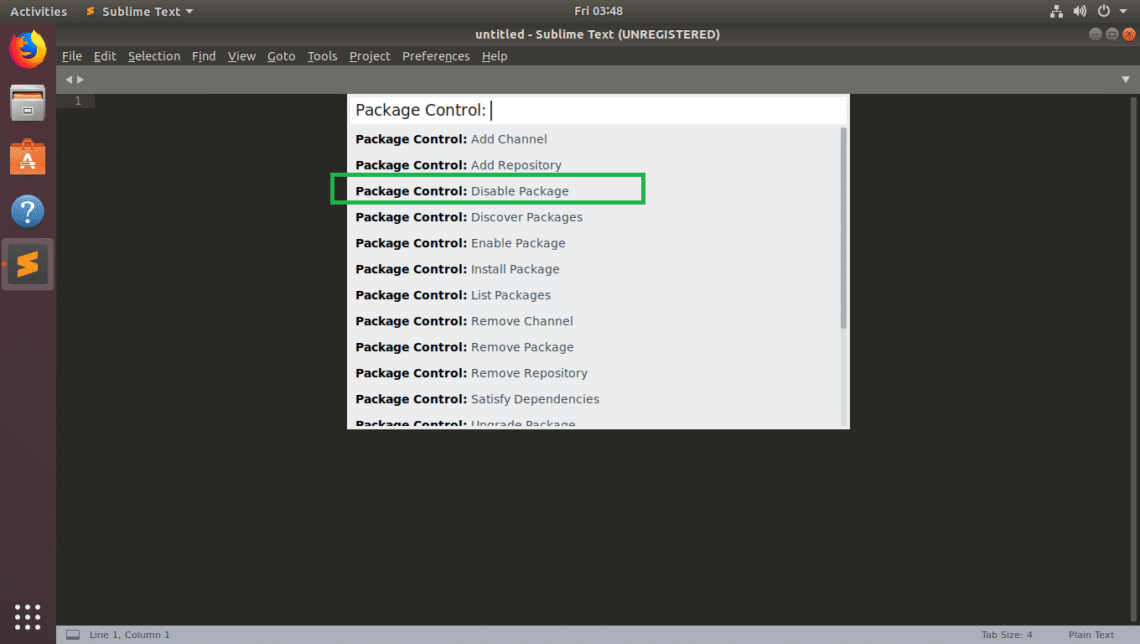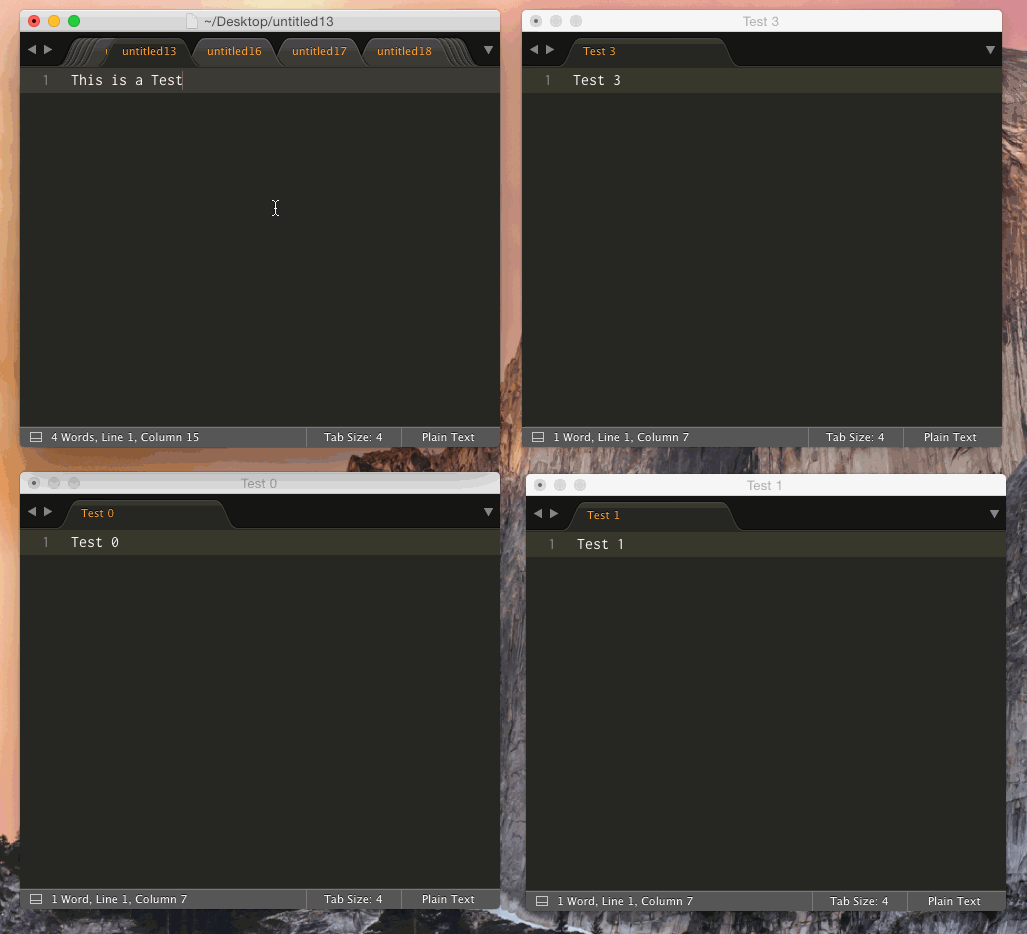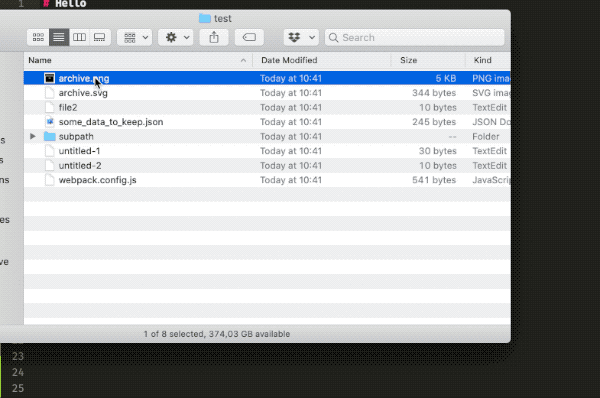
- #Installation package control install#
- #Installation package control update#
- #Installation package control code#
- #Installation package control download#
#Installation package control download#
You can download updates to packages you already have (both the ones that were installed along with your version of LaTeX as well as ones you added). When you try to typeset a document which requires a package which is not installed on your system, LaTeX will warn you with an error message that it is missing. There are two main file types: class files with. To find out what other packages are available and what they do, you should use the CTAN search page which includes a link to Graham Williams' comprehensive package catalogue.Ī package is a file or collection of files containing extra LaTeX commands and programming which add new styling features or modify those already existing. The directory name "texmf" stands for “TEX and METAFONT”. They should all be stored in subdirectories of texmf/tex/latex named after each package. Dozens of these are pre-installed with LaTeX and can be used in your documents immediately. Collaborative Writing of LaTeX DocumentsĪdd-on features for LaTeX are known as packages.Scientific Reports (Bachelor Report, Master Thesis, Dissertation).Selecting a region changes the language and/or content on.
#Installation package control code#
The locking controls contain the self-registration code to lock the control. Now, version 7 is the currently registered Flash Player. Regsvr32.exe c:\windows\system32\Macromed\Flash\Flash.ocx UninstFl.exe -u c:\windows\system32\Macromed\Flash\Flash8.ocx Version 8 is the currently registered control, and you want to switch to version 7.įirst, unlock the registered control without deleting it so that you can switch back to it later: You keep copies of the 7.0.63.0 and 8.0.24.0 controls in separate named directories. While developing and testing content, check playback in Flash Player 7 and Flash Player 8. The use of UninstFl.exe with the locking controls is best illustrated with an example situation. For example: C:\Windows\system32\Macromed\Flash\Flash85.ocx Note: These arguments can be used with the stand-alone uninstaller, or with the FlashUtil.-uninstall: Perform a silent uninstall of Flash Player.
#Installation package control install#

However, when using the FlashUtil.exe to uninstall, the user is still required to use the -force argument to perform a complete uninstall. Users are no longer required to use the -clean/-force argument to force a complete uninstall of Flash Player when using the stand-alone uninstaller. With the release of Flash Player 10.1 (Argo), the command-line arguments have changed significantly.
#Installation package control update#
If you use Windows Vista and have an earlier player, update it.

Note: When testing for Windows Vista, the earliest player that is supported is 9.0.28.0. If the installation fails, follow the instructions in Install an earlier version of Flash Player | Internet Explorer | Windows.

For example, if you installed Flash Player 9.0.47.0, and attempted to install version 9.0.45.0, the installation failed. If you previously installed a later version of Flash Player for Internet Explorer, you can be prevented from installing an earlier version. Installing prior versions of Flash Player can fail.

If you want to switch from a later to an earlier version of Flash Player, Adobe recommends that you completely remove one version before you install another. (This uninstaller is available in Uninstall Flash Player | Windows.) This unistaller is a general-purpose uninstaller that you can use to remove any version of Flash Player. The general uninstaller (uninstall_flash_player.exe) is designed to work with the new version-checking logic, and you can use it to remove Flash Player from the system. Select the appropriate Flash Player version.


 0 kommentar(er)
0 kommentar(er)
